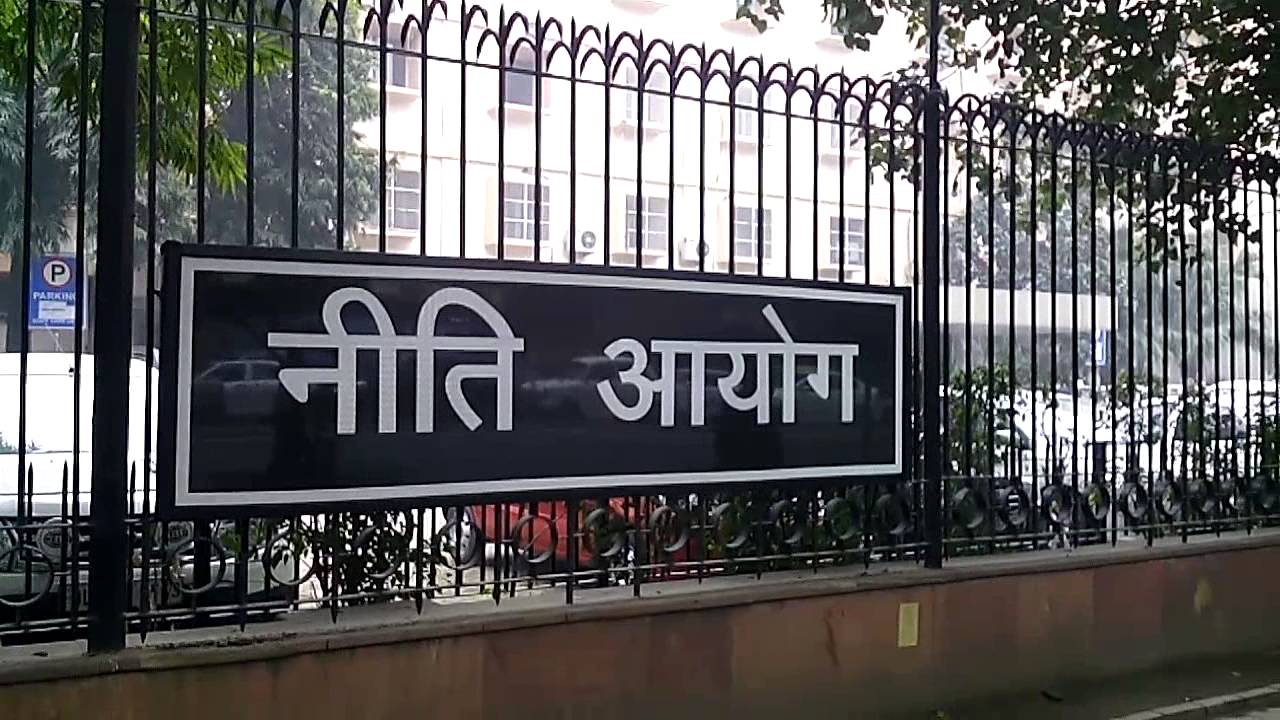Niti Aayog
May 4, 2017 | Expert Insights

What will come of the new three year action plan?
As the five-year plan took its last gasp and the planning commission ended, India is taking the path to become market economy from a mixed one, with the tradition of planning left behind. In order to overcome the flaws in the economic transformation of the country, NITI Aayog introduced three year agenda with the desire to achieve social and economic development of the with sustained growth in the coming years. Difficulty concerning the transformation of the economy has been described well in the agenda. As the plan span for three year, the agenda include seven year strategic plan and 15 years long vision to replace five year plan.
DIFFICULTIES WITH THE CURRENT ECONOMIC SITUATION
Presently, India’s agricultural employees 50% of the workforce but contributes only to 15% of the GDP. This gives us two insights- first, workers should start to shift from the agriculture to other productive sectors and second, the productivity in this sector needs to be improved through advanced technology and the use of HYV seeds and increase the income for those employed there. Similarly, in the manufacturing sector Firms with less than 20 workers employee 72% of the workers and contributing 12% of the output and around 40% of the output in the service sector is produced by just 2% of the total service sector workforce. This indicated that the productivity in the three important sector of the economy needs to be enhanced.
WHAT DOES THE AGENDA OFFER?
The agenda covers different chapters that propose wide range of recommendations for the transformation of the economy that includes suggestions from different states too. NITI Aayog Vice chairman Arvind Panagariya said the agenda would speed up Indian economic growth from Rs. 137 lakhs crores in 2015-16 to Rs.469 lakhs crore in 2031-32. Identifying energy as an important sector to the economy and increasing efficiency of the energy sector was the key area the draft focused on suggesting that thermal power plant with unsatisfactory energy efficiency should be renovated and modernized. Panagariya also pointed out that the entire agenda has been divided into seven different parts with each part having specific points. The three important sector that have been covered into the draft- agriculture, industry and manufacturing along with the growth-facilitating aspects like transport, digital infrastructure and entrepreneurship that is mandatory for the rural and urban transformation. The draft makes a strong case for enabling tax evasion and friendly tax system that would broaden the tax base enabling more funds available for social sector scheme. For manufacturing sector, it proposes the creation of Coastal Economic Zones and Coastal Employment Zones to boast exports and increase high-productivity jobs.
ASSESSMENT
The departure of the decade old planning commission and five-year plans with the need to advance the existing policies for the development and growth of the country, the government has executed the three-year agenda which brought up measures on how the gap needs to be filled. The wide ranging agenda incorporates achievable to aspirational plans. The planning process in the country has faced criticism in the past for lacking the long term focus. The new agenda is keen to draw long term development layout. We could in the long term be able to see how many of its plans are actually taken up and executed.








Comments